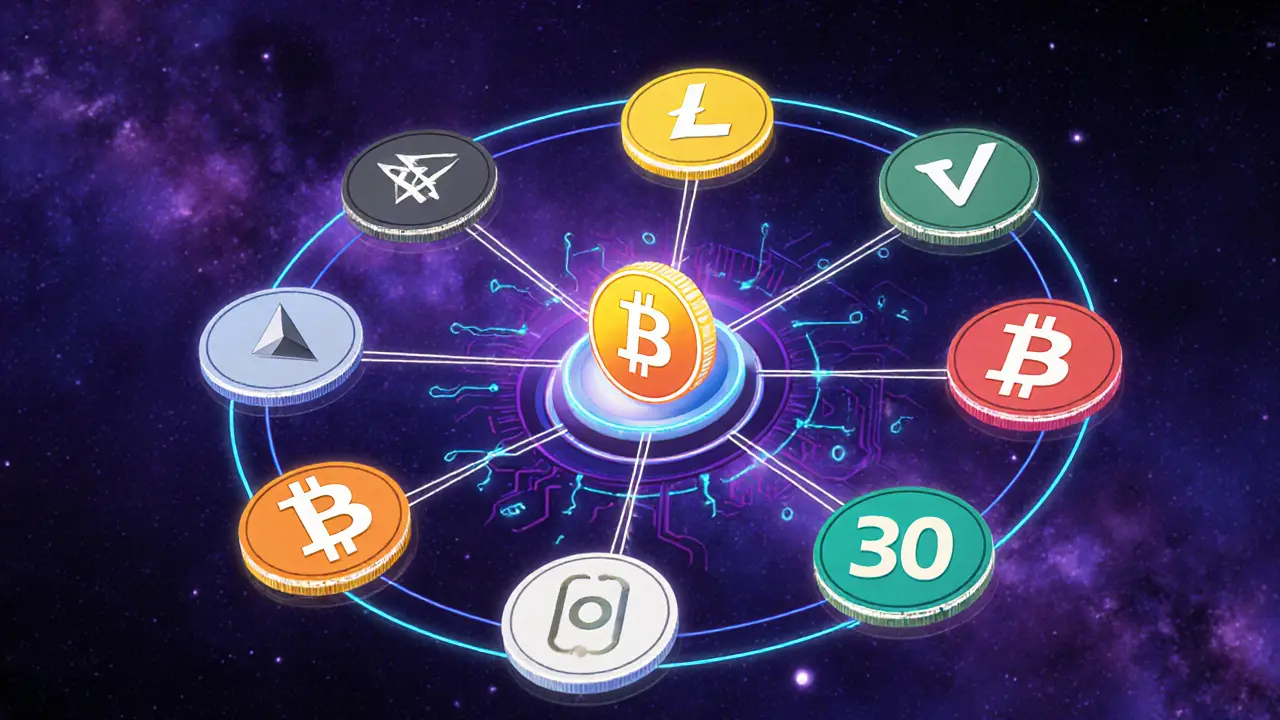DeFi AMM: How Automated Market Makers Shape Decentralized Finance
When working with DeFi AMM, an Automated Market Maker that replaces order books with math‑driven pricing, enabling seamless token swaps. Also known as Automated Market Maker, it lets anyone trade without a counterparty, using smart contracts to keep markets liquid. This core concept anchors a whole ecosystem of tools and strategies.
One of the key building blocks is the liquidity pool, a reserve of two (or more) tokens that fuels every trade on an AMM. Without pools, a DEX would have no price reference. Speaking of DEXes, the decentralized exchange, a platform that lets users swap assets directly from their wallets, relies on those pools to execute orders instantly. The relationship is simple: DeFi AMM → liquidity pool → decentralized exchange.
Another player that exploits AMM pricing is the flash loan, an uncollateralized loan that must be repaid within a single transaction. Flash loans use the predictable price curves of AMMs to arbitrage, rebalance, or attack protocols. In turn, stablecoins often lean on AMMs to maintain their peg, as the constant‑product formula provides a low‑slippage avenue for swapping between the stablecoin and its collateral. So we see a chain of influence: flash loan ↔ AMM ↔ stablecoin.
Why the AMM Model Matters Today
Because AMMs eliminate the need for order matching, they lower barriers for new projects. A token can launch, add liquidity, and immediately become tradable on dozens of DEXes. This speed fuels the rapid rollout of airdrops and token swaps we see in our article collection. For developers, the math is transparent—most use the constant‑product formula (x·y = k) or its variants, which means anyone can audit the pricing logic.
For traders, AMMs introduce new tactics. Liquidity mining rewards, impermanent loss calculations, and price‑impact estimates become daily considerations. Our guides break down these concepts without drowning you in jargon. Whether you’re chasing a fresh airdrop, evaluating a new DEX like SynFutures v3, or comparing stablecoin mechanics such as Frankencoin, understanding the AMM backbone gives you a decisive edge.
Regulators are also paying attention. As AMMs power more volume, countries like Iran, Nigeria, and the UAE are drafting rules that affect how liquidity can be provided and who can access these services. Our regional pieces explain what those regulations mean for AMM users and how to stay compliant while still enjoying the benefits of decentralised trading.
All of this ties back to the central idea: DeFi AMM is the engine that drives modern decentralized finance. Below you’ll find a curated set of articles that dive into real‑world AMM applications—exchange reviews, airdrop walkthroughs, tax reporting tips, and deep dives into specific tokens that rely on AMM pools. Use this collection to sharpen your strategy, avoid common pitfalls, and stay ahead of the fast‑moving DeFi landscape.
- September 9, 2025
- Comments 14
- Cryptocurrency
What is Balancer (BAL) Crypto Coin? A Clear Guide to the DeFi Protocol and Its Token
- February 2, 2025
- Comments 21
- Cryptocurrency


